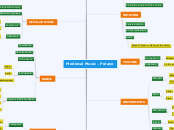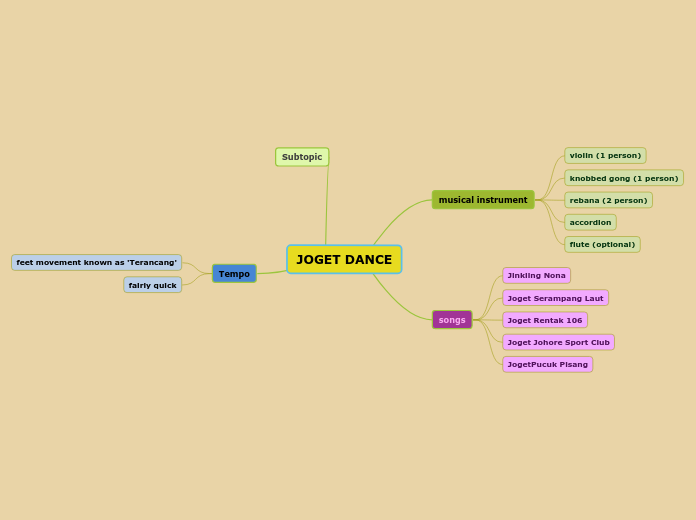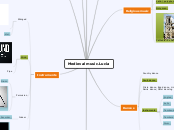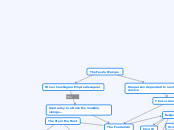jonka Pelayo Fdez 8 vuotta sitten
684
Medieval Music . Pelayo
Medieval music spans from the 5th to the 15th century, deeply intertwined with the societal structure of feudalism and the religious influence of the Church. Religious music, characterized by Gregorian chants initiated by Gregory the Great, saw significant contributions from composers like Leonin and Perotin, especially within the Cathedral of Notre Dame in Paris.








